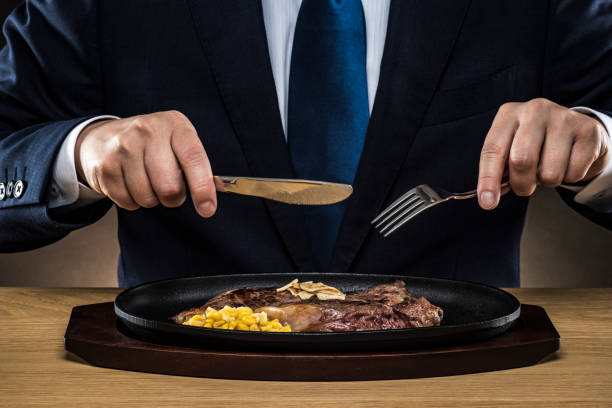For many kitchen professionals, mastering the art of cutting ice cream cake properly is not only a skill but an essential part of perfecting dessert presentation. Ice cream cakes present unique challenges due to their layered textures and temperatures. To achieve a flawless slice, one must understand the nuances involved in this delicate process.

The Importance of Proper Tools
Before diving into the technique, it's crucial to have the right tools. Using a sharp knife is non-negotiable. A dull blade can ruin the presentation by causing the ice cream to melt and the cake to crumble. Many professionals recommend a serrated knife, which can cut through the layers without applying too much pressure.
Additionally, having a warm bowl of water nearby is helpful. Dipping the blade into warm water and wiping it clean before each cut ensures that the knife slices through smoothly, maintaining the integrity of each layer.
Understanding Temperature and Timing
Temperature plays a critical role in cutting ice cream cake properly. The cake should be firm enough to hold its shape but not so frozen that it's too hard to cut. Allowing the cake to sit at room temperature for about 10 to 15 minutes can make a significant difference.
It's also essential to work quickly yet efficiently. The longer the cake is exposed to room temperature, the more likely it is to melt, leading to a messy presentation. Professionals often work in teams, with one person slicing and another serving, to ensure a seamless operation.
Step-by-Step Guide to Cutting Ice Cream Cake
Step 1: Prepare Your Station
Ensure that your cutting board is stable and that you have a clean, warmed knife ready. Having paper towels or a clean cloth nearby is also handy for wiping the blade between cuts.
Step 2: Mark Your Cuts
Before diving in, visually mark where you'll make your cuts. This helps in achieving even slices, which is crucial for presentation. Use a gentle hand to score the top layer of the cake lightly.
Step 3: Slice with Precision
With a firm but gentle hand, begin to slice the cake, using the warm knife. Apply even pressure and use a sawing motion if using a serrated knife. Remember to clean the blade after each cut.
Step 4: Serving with Style
Once cut, serve the slices immediately. If possible, chill the plates before placing the slices on them, helping maintain the cake's structure for longer.
Common Mistakes to Avoid
Even seasoned professionals can make mistakes when cutting ice cream cake properly. One common error is allowing the cake to soften too much before cutting, leading to a melted mess. Another is not using a sharp or warmed knife, which can tear the cake layers.
It's also crucial not to rush the process. While time is of the essence, taking the time to ensure each slice is perfect will enhance the dining experience.
Enhancing Presentation
Once you've mastered the basic technique, consider enhancing the presentation. Garnishing with fresh berries, mint leaves, or a drizzle of chocolate sauce can elevate the visual appeal of the dessert.
For those looking to learn more about dessert presentation and cutting techniques, resources like WikiHow's guide on using forks and knives can provide additional insights into enhancing your culinary skills.
FAQs
Why is my ice cream cake melting when I cut it?
This often happens if the cake is left out too long before cutting or if your knife isn't warm enough. Ensure the cake is only slightly softened and use a warm knife for each cut.
Can I use a regular kitchen knife?
While you can use a regular kitchen knife, a serrated knife is often recommended for its ability to slice through layers without applying excess pressure.
How can I keep the slices from sticking to the plate?
Chilling the plates before serving can help prevent the ice cream from melting too quickly and sticking.

Conclusion
Mastering the art of cutting ice cream cake properly is a valuable skill for any kitchen professional. With the right tools, techniques, and a bit of practice, you can ensure each slice is not only delicious but also a visual delight. Remember, presentation is key to enhancing the overall dining experience, and with these expert tips, you'll be well on your way to impressing your guests.
This article contains affiliate links. We may earn a commission at no extra cost to you.


























